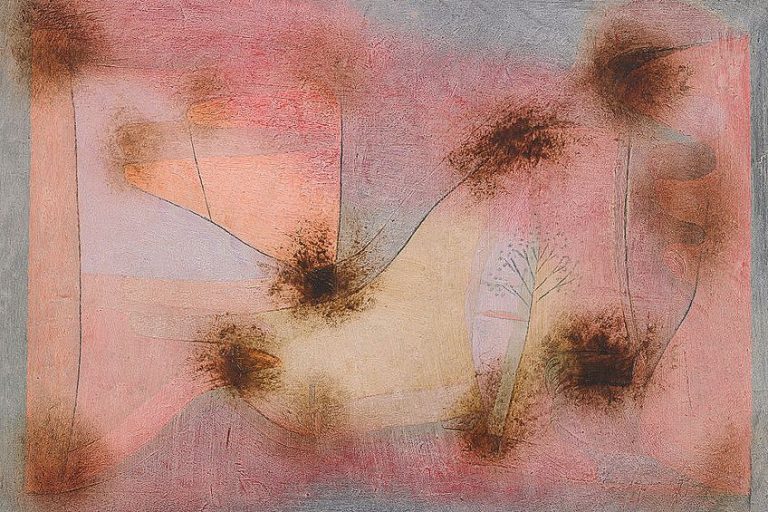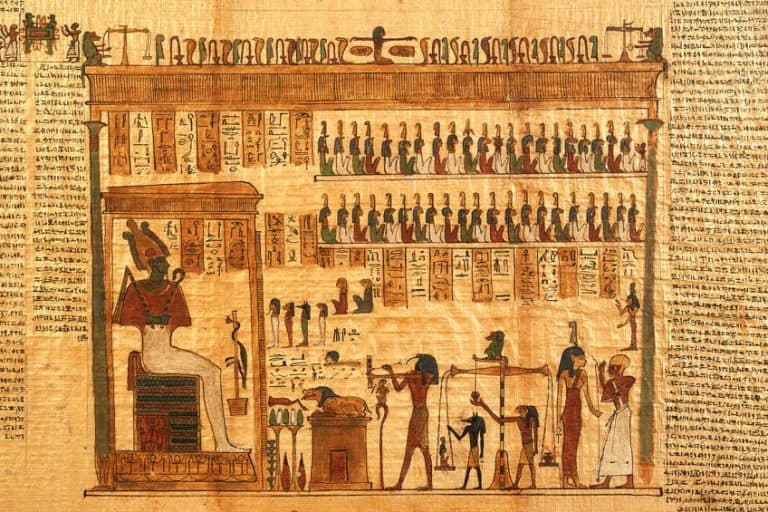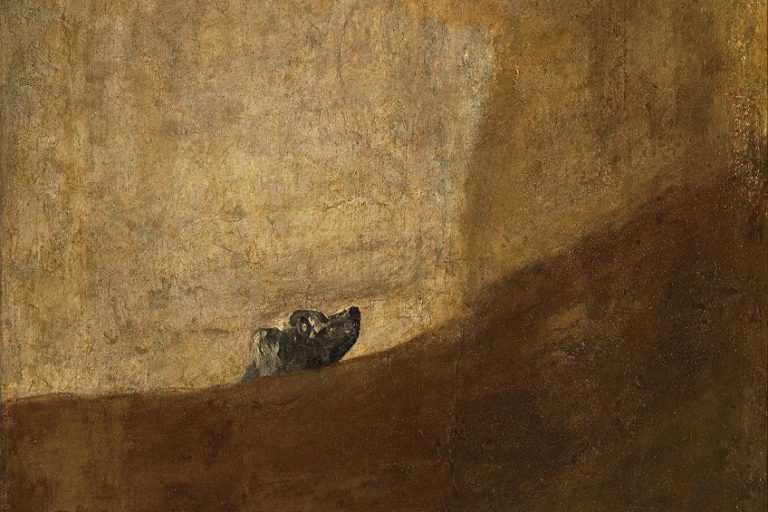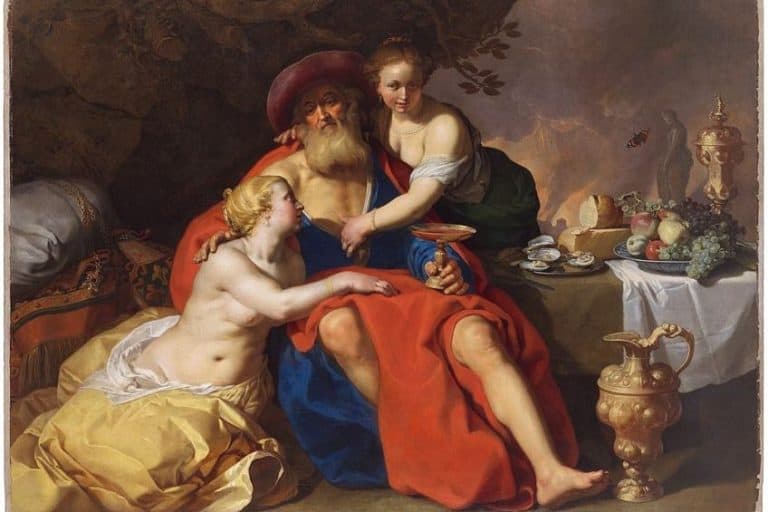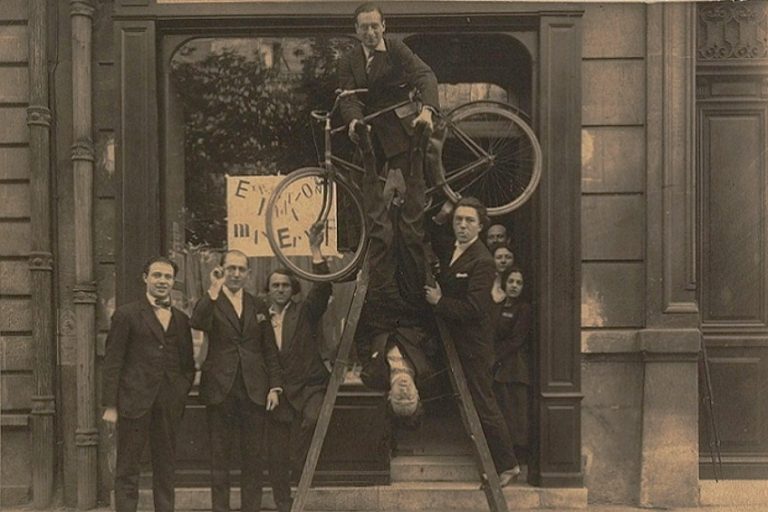“Di-Faced Tenners” by Banksy – Banknote Rebellion
Banksy’s Di-Faced Tenners stand as a provocative testament to the artist’s unyielding critique of societal norms and commercialization. These altered ten-pound notes, featuring the iconic image of Princess Diana’s face, are not just artistic creations but powerful statements challenging established ideologies. In this article, we delve into the profound symbolism and impact of Banksy’s Di-Faced Tenners, exploring their dual role as art pieces and social commentaries.
Key Takeaways
- The Di-Faced Tenner features a depiction of Princess Diana in place of Queen Elizabeth II.
- Banksy distributed the notes in public spaces, sparking both disruption and delight.
- The artistic action prompted discussions on the value of money and the nature of art.
Origins and Inspiration
The Di-Faced Tenner is one of Banksy’s more intriguing projects that merges the world of art with the realm of socio-political commentary. The piece consists of counterfeit £10 notes created by the infamous British street artist Banksy in 2004. Notably, these notes feature a modified design where the traditional portrait of Queen Elizabeth II is replaced with an image of Princess Diana. Banksy’s playful nomenclature, Di-Faced Tenner, riffs on the concept of defacing currency, consistent with his subversive style.

Banksy introduced the Di-Faced Tenner to the public in a theatrical fashion, dropping suitcases filled with the notes into crowds at festivals and busy locations, which disrupted the routine and created excitement. On one side of the note, the phrase “I promise to pay the bearer on demand the ultimate price” replaced the official wording.
Banksy’s version also included a declaration of “Trust no one,” paired with an image of Charles Darwin on the reverse, further pushing the boundaries of his anti-establishment ethos.
Banksy: Street Artist and Provocateur
Banksy is an enigmatic figure in the art world, known for his impactful street art that often carries a political message. In 2004, he introduced the Di-Faced Tenner as part of an art stunt, encompassing his signature style of subversion.
The Message Behind Di-Faced Tenners
The Di-Faced Tenner is a notable work by Banksy that replaces the portrait of Queen Elizabeth II with Princess Diana’s image, and Charles Darwin’s with an illustration of a chimpanzee. This counterfeit £10 note throws a critical light on the concept of value—monetary and social—highlighting the irony in venerating certain historical figures.
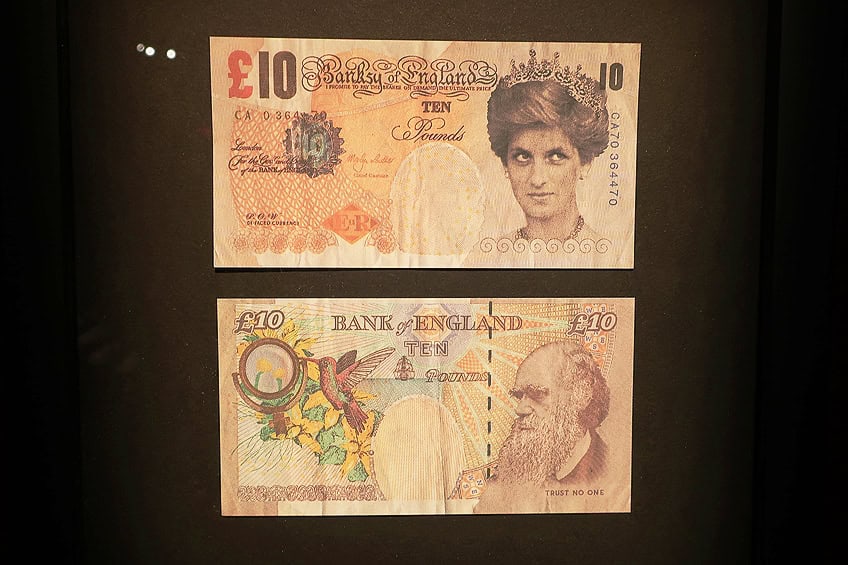
Influence of the Royal Family and Critique of British Institutions
Princess Diana’s visage on the Di-Faced Tenner underscores the nuanced relationship she had with the Royal family and British institutions. By supplanting Queen Elizabeth II on the currency, Banksy’s alteration amplifies the conversation about the monarchy’s relevance and Diana’s enduring impact on popular culture.
Production and Design
The Di-Faced Tenner were a striking project by Banksy that disrupted traditional currency aesthetics through clever modification and artistry.
Making of the Di-Faced Tenners
Banksy masterfully altered the aesthetic of the £10 note in his production of the Di-Faced Tenners. His approach involved printing counterfeit £10 notes on both sides with meticulous detail to mimic the real currency’s feel and appearance. The project commenced in 2004, capturing attention for both its boldness and the statement it made.

Artistic Techniques and Materials
Banksy utilized offset lithography, a common printing technique for reproducing photographs and artworks, to create the Di-Faced Tenners. The inks laid on wove paper, a high-quality paper with a uniform surface, not showing any texture or grain, were precisely applied. This technique ensured that the notes had a professional finish, closely resembling authentic currency. He released a limited edition of screenprints, consisting of uncut sheets of the counterfeit notes.
Symbolism in the Design
At its core, the design of the Di-Faced Tenners was a satire on the British establishment. Banksy replaced the portrait of Queen Elizabeth II with that of Princess Diana, a decision laden with social commentary. The notes also bore the phrase “Trust No One” beneath the image of Charles Darwin on the reverse side, signifying Banksy’s skepticism towards authoritative figures and traditional structures of power.
The strategic alterations served as a critique, presenting a juxtaposition between revered figures and the concept of trustworthiness in leadership and governance.
Circulation and Impact
The Di-Faced Tenner, Banksy’s daring work involving counterfeit currency, had a significant influence on both the public and the art market. It challenged traditional notions of value and prompted widespread discussion at the intersection of art and legality.
Public Art Stunt and Media Attention
In 2004, Banksy orchestrated a bold public art stunt by releasing counterfeit £10 notes at two major UK events: the Reading Festival and the Notting Hill Carnival. The artist further amplified the stunt’s impact by dropping a suitcase full of these notes at the Liverpool Street tube station during rush hour. The counterfeit notes depicted the fate of the late Princess Diana, replacing the traditional portrait of Queen Elizabeth II. This act attracted immediate media attention, with reports circulating widely and contributing to the artist’s growing reputation.
Reaction from the Public and Authorities
The public’s reaction to the circulation of the Di-Faced Tenner was mixed, with some heralding it as a provocative work of art, while others perceived it as a form of disruption. The notes themselves, despite being counterfeit, became sought-after items.
Authorities had to reckon with the legal implications of Banksy’s work, as the production and distribution of counterfeit currency pose serious legal issues.
Banksy’s Legacy and the Art Market
Banksy’s Di-Faced Tenners left an indelible mark on his legacy and the art market. They represent a palpable example of how Banksy’s art often carries not just an aesthetic value but also a provocative socio-political commentary. Over time, these notes have been commodified within the art market, with authentic pieces from the stunt fetching high prices among collectors and enthusiasts who are willing to pay the ultimate price for a piece of Banksy’s satirical commentary on society.
Legal and Ethical Considerations
In examining Banksy’s Di-Faced Tenners, there are intricate legal and ethical considerations rooted in the production and dissemination of what can be interpreted as counterfeit currency. These factors highlight the complex intersection between artistic expression and legal boundaries.
Implications of Counterfeiting
Counterfeiting currency is a serious offence that implicates legal statutes enforced by entities such as the Bank of England. The production of counterfeit notes typically leads to counterfeiting charges as it undermines the integrity of a national currency. However, the context in which Banksy’s Di-Faced Tenners were created adds nuance to this matter. While these notes resemble legal tender and could be mistaken for legitimate £10 notes, they were markedly altered with the image of Princess Diana and inscribed with the text “Banksy of England”.
The deliberate modifications make it clear that these were not created with the intention to defraud, but rather to provoke thought on subjects such as value, power, and fame.
When producing items that resemble currency, there is a likelihood of attracting scrutiny due to their nature. Similarly, when distributing such works in public, as Banksy famously did, it is essential to exercise caution to prevent them from being mistakenly perceived as genuine currency in circulation.
Art Versus Law: The Banksy Dilemma
Banksy’s work often raises ethical questions about the role of art in society and its relationship with legal frameworks. His Di-Faced Tenners present a dilemma where art critiques established symbols of authority, like currency. This act of replacing the portrait of Queen Elizabeth II on the £10 note with Princess Diana’s image, potentially viewed as a form of political commentary, must balance artistic freedom with legal strictures. Banksy’s actions skate a fine line between the acceptance of art as a form of free expression and the possible legal ramifications of creating work that intersects with the realm of counterfeit notes.
Banksy’s actions exhibit a dual nature, viewed both artistically and legally.

Artistically, they are seen as bold statements on societal constructs and the monarchy, reflecting deep social commentary. However, from a legal perspective, while not intended as actual counterfeiting, replicating money poses inherent legal risks and challenges. Through these sections, one appreciates the dilemmas faced by artists, such as Banksy, who employ controversial mediums to reflect on societal issues, and the responsibilities they bear in being mindful of legal and ethical standards.
Banksy’s Di-Faced Tenners epitomize the fusion of art and activism, transcending mere aesthetic appeal to spark critical conversations about power, authority, and the commodification of culture. By subverting the imagery of currency and inserting potent symbols like Princess Diana and the anarchist figure, Banksy challenges viewers to question the values and narratives propagated by mainstream institutions. These altered banknotes not only serve as poignant artworks but also as catalysts for reflection, urging us to reconsider the social, political, and economic dynamics that shape our world. Through Di-Faced Tenners, Banksy continues to leave an indelible mark on the art world, prompting us to confront uncomfortable truths and envision alternative perspectives.
Frequently Asked Questions
How Can the Authenticity of a Di-Faced Tenner Be Verified?
Authentic Di-Faced Tenners are distinguishable through traditional offset lithography, and each color would have been printed using a separate plate, resulting in a rosette pattern visible under magnification. Pest control certificates are another method used to verify genuine pieces.
What Is the Current Market Value for an Authentic Di-Faced Tenner?
The market value for an authentic Di-Faced Tenner can vary widely due to factors such as condition, provenance, and whether the piece is signed. Limited edition prints, like those released in 2004, tend to command higher prices.
Are There Any Known Quantities of Di-Faced Tenners in Existence?
The exact number of Di-Faced Tenners created by Banksy is not publicly known. They were first released by dropping suitcases of the notes into public spaces, and a limited edition of 50 prints of uncut sheets was also distributed.
What Is the Significance Behind the Di-Faced Tenner‘s Design?
The Di-Faced Tenner features a portrait of Princess Diana in place of Queen Elizabeth II and is considered a commentary on Diana’s estrangement from the Royal family and the nature of currency’s cultural importance. It reflects Banksy’s signature critique of social and political issues.
Isabella studied at the University of Cape Town in South Africa and graduated with a Bachelor of Arts majoring in English Literature & Language and Psychology. Throughout her undergraduate years, she took Art History as an additional subject and absolutely loved it. Building on from her art history knowledge that began in high school, art has always been a particular area of fascination for her. From learning about artworks previously unknown to her, or sharpening her existing understanding of specific works, the ability to continue learning within this interesting sphere excites her greatly.
Her focal points of interest in art history encompass profiling specific artists and art movements, as it is these areas where she is able to really dig deep into the rich narrative of the art world. Additionally, she particularly enjoys exploring the different artistic styles of the 20th century, as well as the important impact that female artists have had on the development of art history.
Learn more about Isabella Meyer and the Art in Context Team.
Cite this Article
Isabella, Meyer, ““Di-Faced Tenners” by Banksy – Banknote Rebellion.” Art in Context. May 9, 2024. URL: https://artincontext.org/di-faced-tenners-by-banksy/
Meyer, I. (2024, 9 May). “Di-Faced Tenners” by Banksy – Banknote Rebellion. Art in Context. https://artincontext.org/di-faced-tenners-by-banksy/
Meyer, Isabella. ““Di-Faced Tenners” by Banksy – Banknote Rebellion.” Art in Context, May 9, 2024. https://artincontext.org/di-faced-tenners-by-banksy/.




